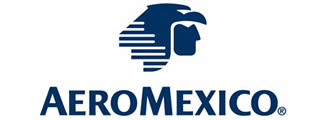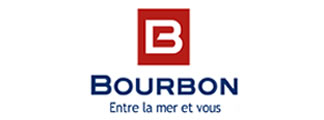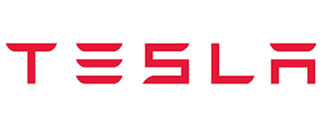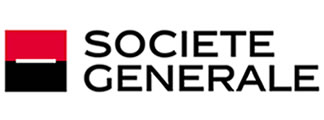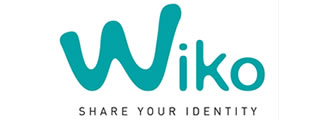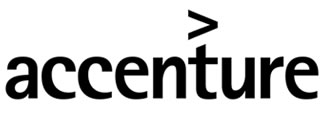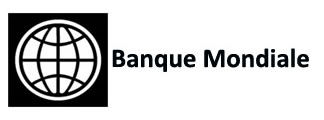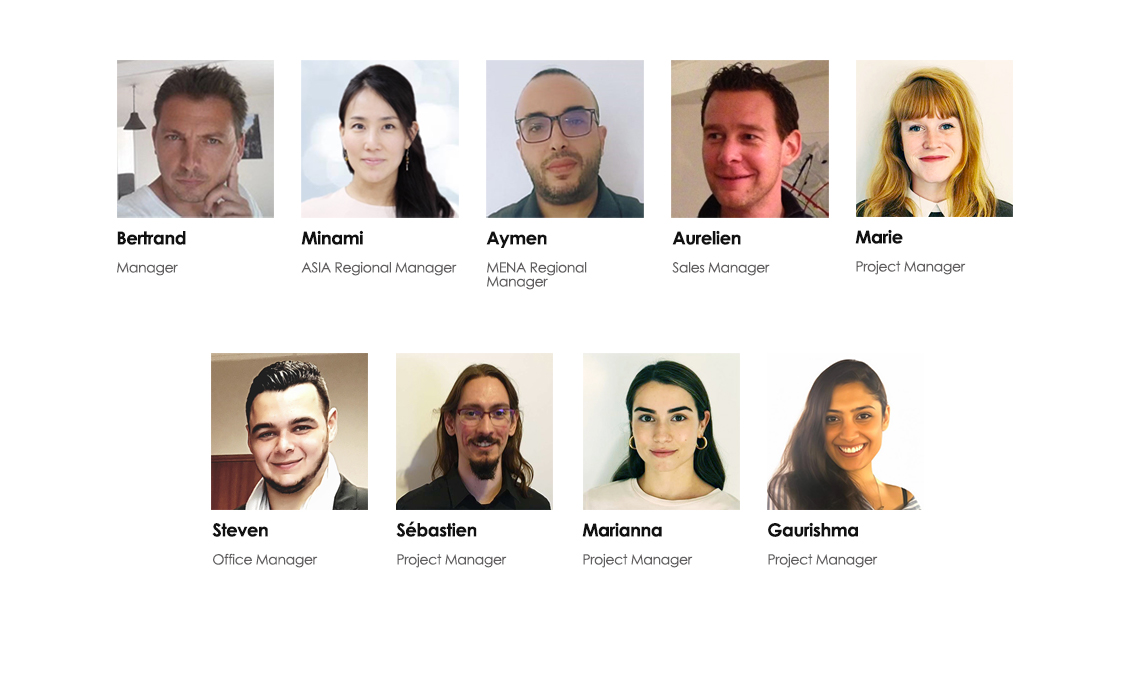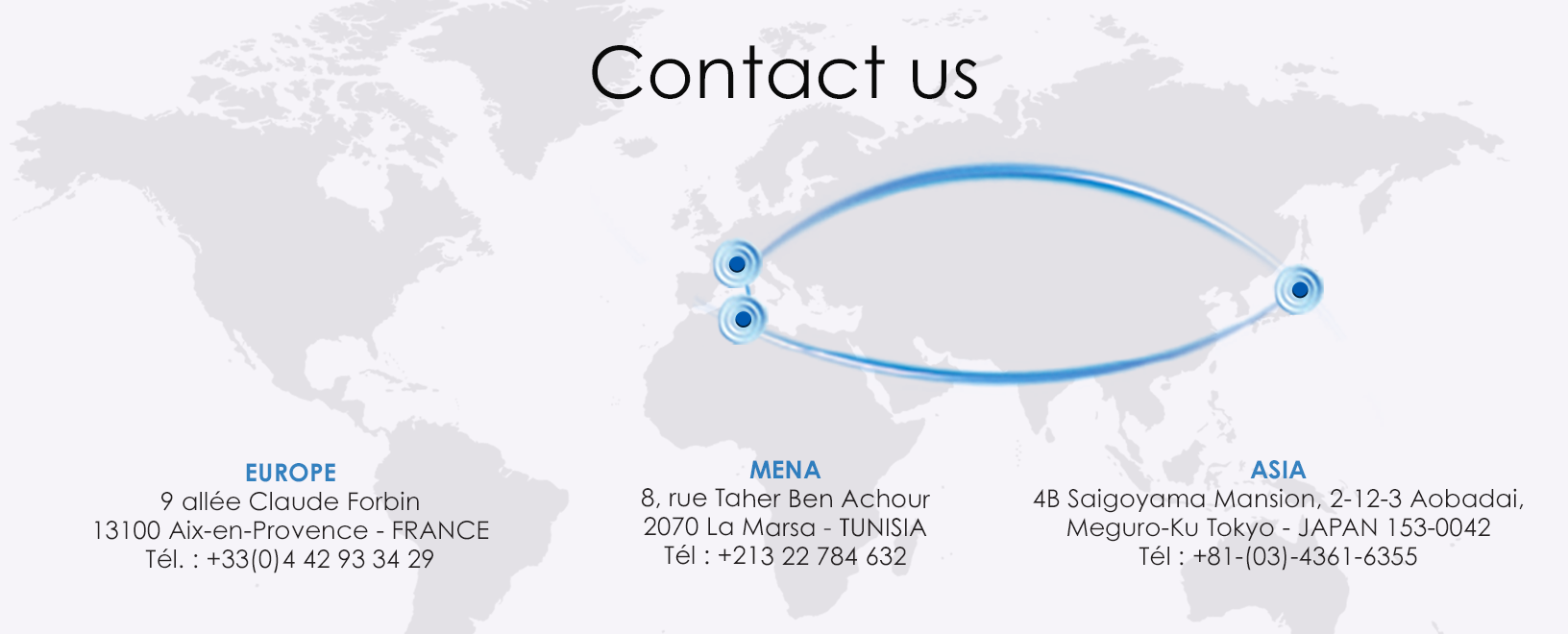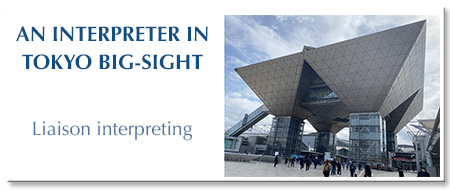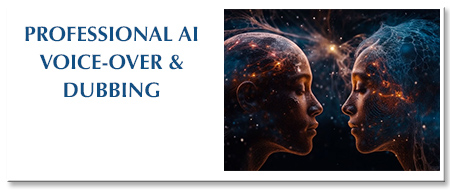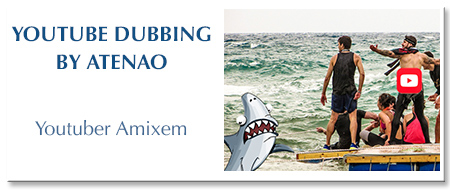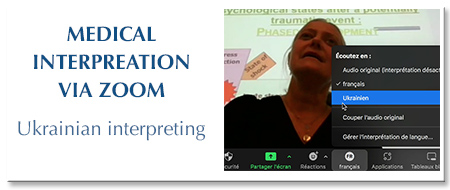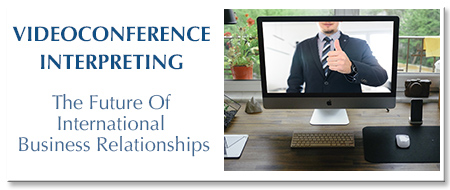Atenao plays a key role in a historic moment by interpreting the Trump-Zelensky meeting.
Translation services agency, ISO 17100 translation, transcreation and post-editing in all language pairs in any file formats.
Simultaneous, consecutive, liaison and videoconference interpretation in standard language combinations.
Translation proofreading and correction (grammar, syntax, vocabulary, typography) in all official languages.
Graphic design and text layout in all official languages. Website translation, multilingual SEO, audiovisual translation (dubbing, voice-over and subtitling).
Our Clients: at the heart of our business philosophy
In the ever-so fragmented and internationalized translation and interpretation industry, only the most trusted and reliable service provides survive and grow.
Ever since its launch in 2001, and with offices across Europe, Asia and the Middle East, Atenao translation agency has grown to become one of the leading international players in the industry, offering its clients premium and complete services at highly competitive market rates.
For all your language services requirements, look further than Atenao.
“Text experts dedicated to international communication”
Paving the way for tomorrow’s translation services.
To unravel what tomorrow holds for multilingual services and Language Service Providers, which pools together professional translation agencies, interpreting agencies and, more widely, any market player that delivers language services such as translation and interpretation of course, as well as subtitling, localization, post-editing and multilingual SEO/SEA, we need to think in terms of Offer, societal development and technological breakthroughs. Given today’s global business backdrop, where a handful of Giants placing their bets on Artificial Intelligence reign supreme, a dramatic shift in the way we live, work and interact, similar to the one we experienced in the early 2000s as the web hit the scene, is brewing.
The good news is that language services are set to boom. The snag, though, is that few of today’s players will enjoy this. Why you may say? Due to the growing concentration which the market has been able to buffer for ever so long, but also and, above all, given today’s players’ resistance to the evolving needs and consumption patterns of multilingual services. Boundaries between countries boasting infrastructure giving access to new technologies become blurred as the interconnection between their peoples unfolds. Videoconferencing is widespread and set to become the norm, heralding incredible growth in remote interpreting for all source language and target language combinations. Over the coming decade, multilingual translation will move towards the totally automated and technically assisted. Online translation will abound for understanding texts in foreign languages whilst post-editing, used to proofread/correct machine translations, will cover the lion’s share of in-house and external business needs.
In a nutshell, today’s translation agencies will need to focus on high added value multilingual services like transcreation, SEA, dubbing and voice-over to survive and to win a stake in an ultra-competitive market dominated by a few big online names from Asia and the USA. Small firms that tempt fate with volumes, low margins, entry-level solutions and bank on post-editing will bite the dust.
So, with this in mind, where do translators and interpreters stand? On the face of it, we can imagine most of these professionals being thrown out with the bath water and AI engendering substantial loss in value. Yet, nothing could be further from the truth! Obviously, like in any revolution, there’ll only be room for the players who can, will and want to adapt; the most unbending will give up the ghost. To think ahead and counter this, it’s best to build on the prospective perfection of online translation and online interpretation tools rather than on their shortcomings, even if these do seem to be neverending. Tomorrow’s multilingual services will see humans and machines coexist and merge as one to handle ever-growing volumes of the oral and written word.
As long as languages hold good, language services will pursue their route. When it comes to the nitty-gritty, what if we were to go global and languages were to disappear and only one or two languages were used to communicate all around the world or, why not, even a mixed language where the characteristics of the dominant language would be mixed with those of other native languages. It’s hard not to imagine English as the be-all-and-end-all even though Chinese is gaining ground fast in the game to rule the roost. Food for thought…











